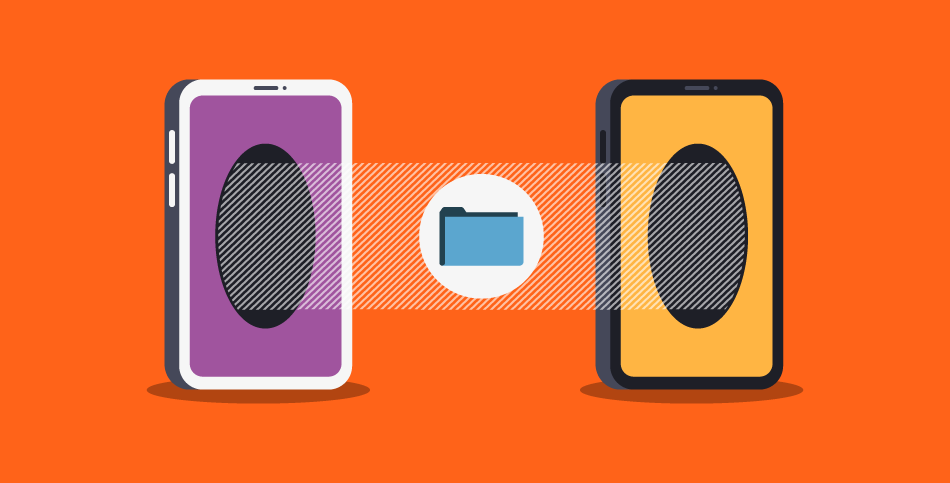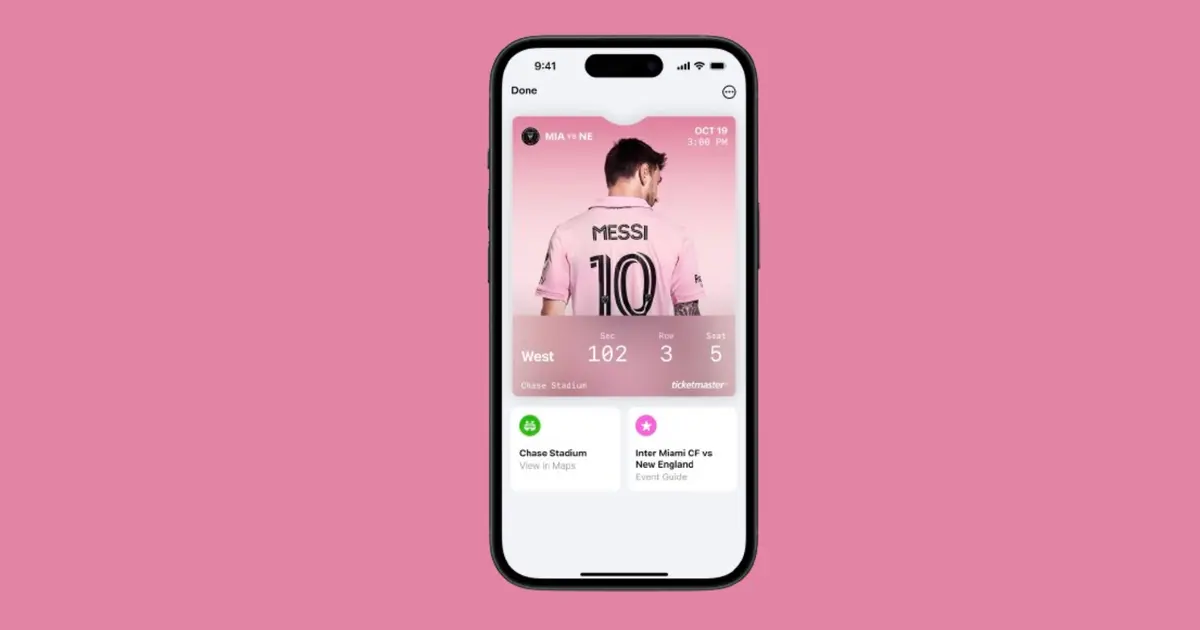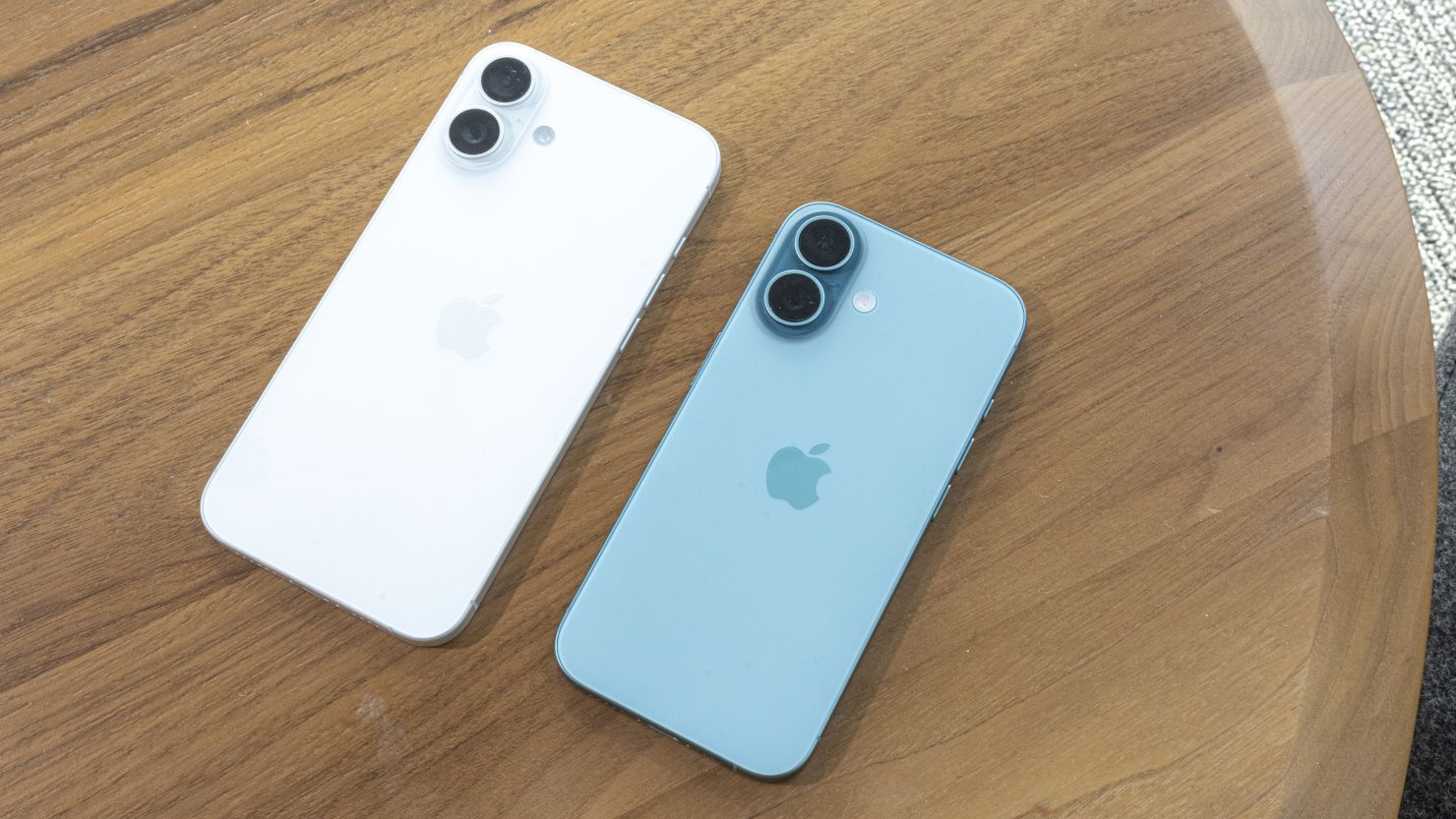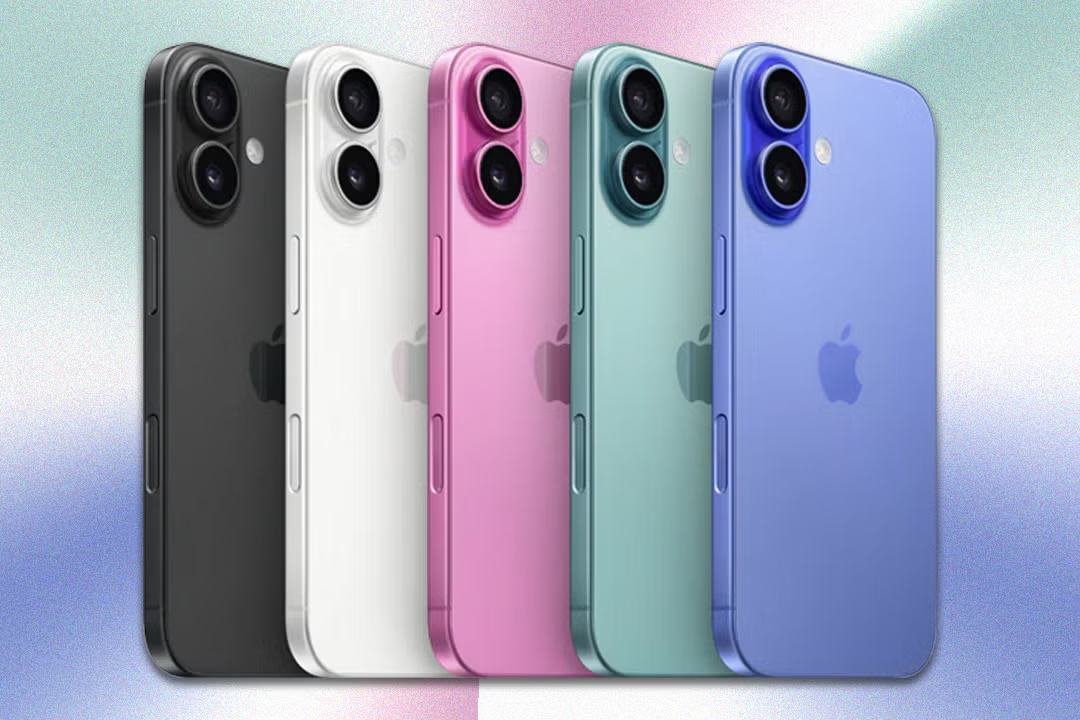Transferring data to your new smartphone in 2025 has never been easier, yet it still remains a critical process for ensuring that none of your important files, apps, messages, or settings are lost in the transition. With advancements in cloud storage, direct device-to-device transfers, and AI-powered migration tools, moving from one phone to another can be completed in just a few steps. However, despite the convenience, many users still struggle with data loss, app compatibility, and privacy concerns. That’s why it’s crucial to understand the best practices and tools available to make this transition smooth and hassle-free.
As technology continues to evolve, different smartphone manufacturers have developed their own ecosystem-based transfer solutions, such as Apple’s Quick Start, Samsung Smart Switch, and Google’s Data Restore Tool. At the same time, universal methods like cloud backups, local PC transfers, and third-party applications remain viable options for cross-platform migration. Whether you’re switching from Android to iPhone, iPhone to Android, or upgrading within the same ecosystem, knowing the right steps can save you time and frustration.

In this in-depth guide, we’ll walk you through how to transfer data to your new smartphone in 2025 efficiently. We’ll cover multiple transfer methods, explore their benefits, and provide expert insights on avoiding common pitfalls. Whether you are looking to transfer contacts, apps, photos, or messages, this guide will ensure you don’t lose any essential data while switching to your new device.
1. Preparing for a Smooth Data Transfer
Before diving into the actual transfer process, preparing your old and new smartphone is crucial. A little preparation can prevent errors, data corruption, and unnecessary delays. Here’s what you need to do:
1.1 Backup Your Old Smartphone
Regardless of which method you choose, always back up your old phone before transferring data. You can use:
- Cloud Backup: iCloud for iPhones, Google Drive for Androids.
- Local Backup: Samsung Smart Switch, iTunes, or other manufacturer-specific software.
- Manual Backup: Transferring important files manually to a PC or external storage.
1.2 Update Your Software
Ensure both your old and new smartphones are updated to the latest OS version. This helps with compatibility and ensures that no crucial system files are missing during the migration.
1.3 Charge Your Devices & Connect to Wi-Fi
A full battery is recommended since data transfers can be power-intensive. Also, a stable Wi-Fi connection speeds up cloud-based transfers.
2. Transferring Data from Android to Android
For Android users, Google has made it incredibly easy to move your data from an old device to a new one. Here are the best ways to do it:
2.1 Using Google’s Data Restore Tool
When setting up your new Android phone, Google will prompt you to restore data from your old phone using Google Drive. Here’s how:
- Ensure your old phone is backed up to Google Drive (Settings > Google > Backup).
- During the new phone setup, select “Restore from Google Backup.”
- Sign in with your Google account and choose the latest backup.
- Let the device sync apps, messages, photos, and settings.
2.2 Using Nearby Share for Direct Device Transfer
Google’s Nearby Share in 2025 is faster and supports Wi-Fi Direct, meaning it doesn’t need an internet connection:
- Keep both phones close to each other and enable Nearby Share.
- Select “Send data” on the old phone and “Receive data” on the new phone.
- Choose files, apps, and settings to transfer.
- Confirm the transfer and wait for completion.
2.3 Samsung Smart Switch (For Samsung Users)
Samsung users can use Smart Switch to transfer everything, including app data, call logs, and Wi-Fi passwords. It supports USB-C to USB-C cable transfers for even faster speeds.
3. Transferring Data from iPhone to iPhone
Apple provides one of the most seamless data migration systems. If you’re upgrading from one iPhone to another, here are your best options:
3.1 Using Quick Start (Device-to-Device Transfer)
Apple’s Quick Start feature allows wireless data transfer using Bluetooth and Wi-Fi.
- Place both iPhones next to each other.
- The new iPhone will detect the old one and display a setup prompt.
- Scan the on-screen pattern and follow the instructions.
- Data, apps, and settings are copied exactly as they were on the old device.
3.2 iCloud Backup Restore
If you have an iCloud backup, you can restore it to your new iPhone during setup:
- Back up your old iPhone to iCloud (Settings > iCloud > Backup Now).
- On your new iPhone, choose “Restore from iCloud Backup” during setup.
- Log into your Apple ID and select the latest backup.
4. Transferring Data from iPhone to Android (and Vice Versa)
Switching between iOS and Android can be tricky, but new tools in 2025 make it easier.
4.1 Using Google’s “Switch to Android” App
Google’s Switch to Android app simplifies transferring contacts, messages, and media from an iPhone:
- Download the Switch to Android app on your iPhone.
- Connect your new Android via cable or Wi-Fi.
- Follow the prompts to transfer iCloud photos, contacts, and messages.
4.2 Using Apple’s “Move to iOS” App
Apple’s Move to iOS tool is the easiest way to migrate from Android to iPhone:
- Install Move to iOS on your old Android phone.
- During iPhone setup, choose “Move Data from Android.”
- Enter the code shown on your iPhone.
- Your contacts, messages, and photos will transfer over.
5. Transferring Data Without Cloud or Internet
If you prefer offline data transfers, here are the best alternatives:
5.1 USB-C to USB-C Transfer
For Android-to-Android or iPhone-to-iPhone, using a USB-C cable with a transfer adapter allows fast, direct migration.
5.2 PC or Mac Transfer
- Android Users: Use Samsung Smart Switch, Xiaomi Mi PC Suite, or Google’s File Transfer tool.
- iPhone Users: Use iTunes or Finder to create a full backup and restore it onto the new iPhone.
Conclusion
Successfully transferring data to your new smartphone in 2025 is easier than ever, thanks to the advancements in direct device migration, cloud backups, and AI-powered tools. Whether you’re moving from Android to Android, iPhone to iPhone, or switching between ecosystems, there are multiple seamless solutions to ensure your files, apps, and settings transition smoothly. From Google’s Data Restore Tool and Samsung Smart Switch to Apple’s Quick Start and Move to iOS, each method caters to different user needs and preferences.
For those who prefer offline solutions, USB-C transfers and PC-based backups provide excellent alternatives. Additionally, prioritizing security and privacy while transferring sensitive data is essential to prevent any breaches or data loss.
With this step-by-step guide, you can now confidently transfer data to your new smartphone without stress. By following best practices and choosing the right method for your needs, you’ll ensure a smooth and efficient transition—keeping all your important information intact. So, as you upgrade to a new device, take advantage of these cutting-edge transfer technologies and enjoy your new smartphone with all your data perfectly in place!




